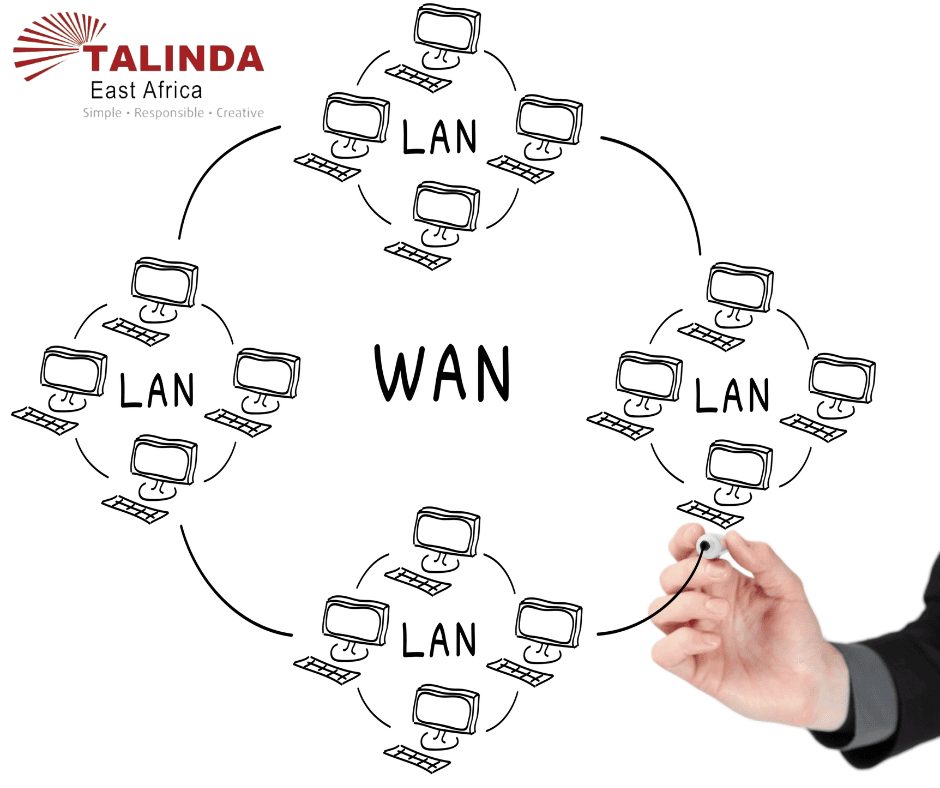What is SD-WAN and NAC ?
In the rapidly evolving landscape of network management, two technologies have gained significant prominence: Software-Defined Wide Area Networking (SD-WAN) and Network Access Control (NAC). Both solutions address critical aspects of network performance and security, making them indispensable for modern enterprises. Let's dive into what SD-WAN and NAC are, how they function, and the benefits they offer.

What is SD-WAN?
SD-WAN (Software-Defined Wide Area Network) is a technology that simplifies the management and operation of a WAN by decoupling (separating) the networking hardware from its control mechanism. SD-WAN intelligently directs traffic across the WAN in a way that optimizes network performance and increases efficiency.
Key Features of SD-WAN:
- Centralized Management: Allows administrators to manage the entire WAN from a single interface.
- Intelligent Path Control: Directs traffic over the best available path based on real-time conditions.
- Application Optimization: Prioritizes critical applications and ensures they receive the necessary bandwidth.
- Enhanced Security: Integrates security features such as encryption and firewall services.
Benefits of SD-WAN:
- Cost Efficiency: Reduces reliance on expensive MPLS links by leveraging broadband and other cheaper internet connections.
- Improved Performance: Enhances application performance through intelligent routing and real-time traffic management.
- Flexibility and Scalability: Easily scales to accommodate new locations and increased traffic without extensive hardware upgrades.
- Simplified Management: Streamlines network management and reduces the burden on IT staff.
What is NAC?
NAC (Network Access Control) is a security solution that enforces policies for access to network resources, ensuring that only authorized and compliant devices can connect to the network. NAC solutions assess devices before they connect and continually monitor their behavior to detect and respond to security threats.
Key Features of NAC:
- Device Authentication: Verifies the identity of devices attempting to connect to the network.
- Compliance Enforcement: Ensures devices comply with security policies (e.g., updated antivirus software).
- Continuous Monitoring: Keeps an eye on connected devices to detect and respond to suspicious activities.
- Guest Networking: Provides secure network access to visitors without compromising the main network.
Benefits of NAC:
- Enhanced Security: Prevents unauthorized devices from accessing the network and mitigates the risk of cyber threats.
- Policy Enforcement: Ensures all devices adhere to organizational security policies.
- Visibility and Control: Offers detailed insights into who and what is on the network, allowing for better management.
- Automated Responses: Quickly isolates non-compliant or compromised devices to prevent the spread of malware or other threats.
Synergy Between SD-WAN and NAC
While SD-WAN optimizes network performance and simplifies management, NAC ensures robust security and compliance. Together, they create a comprehensive solution that addresses both the performance and security needs of modern networks.
How They Work Together:
- Integrated Security: SD-WAN can route traffic efficiently while NAC ensures that only secure and compliant devices are allowed on the network.
- Enhanced Visibility: Combining SD-WAN's traffic management with NAC's device monitoring provides a complete picture of network activity.
- Automated Enforcement: Policies enforced by NAC can be aligned with the traffic rules set by SD-WAN, creating a seamless and secure network environment.
- Simplified Management: Centralized management of both SD-WAN and NAC reduces complexity and improves operational efficiency.
Conclusion
SD-WAN and NAC solutions are critical for modern enterprises looking to enhance network performance and security. SD-WAN offers cost-effective, flexible, and high-performing network management, while NAC ensures that only authorized and compliant devices access network resources. Together, they provide a powerful combination that meets the dynamic demands of today’s network environments.
Adopting SD-WAN and NAC not only optimizes network performance but also fortifies security, ensuring that businesses can operate efficiently and securely in an increasingly connected world.
